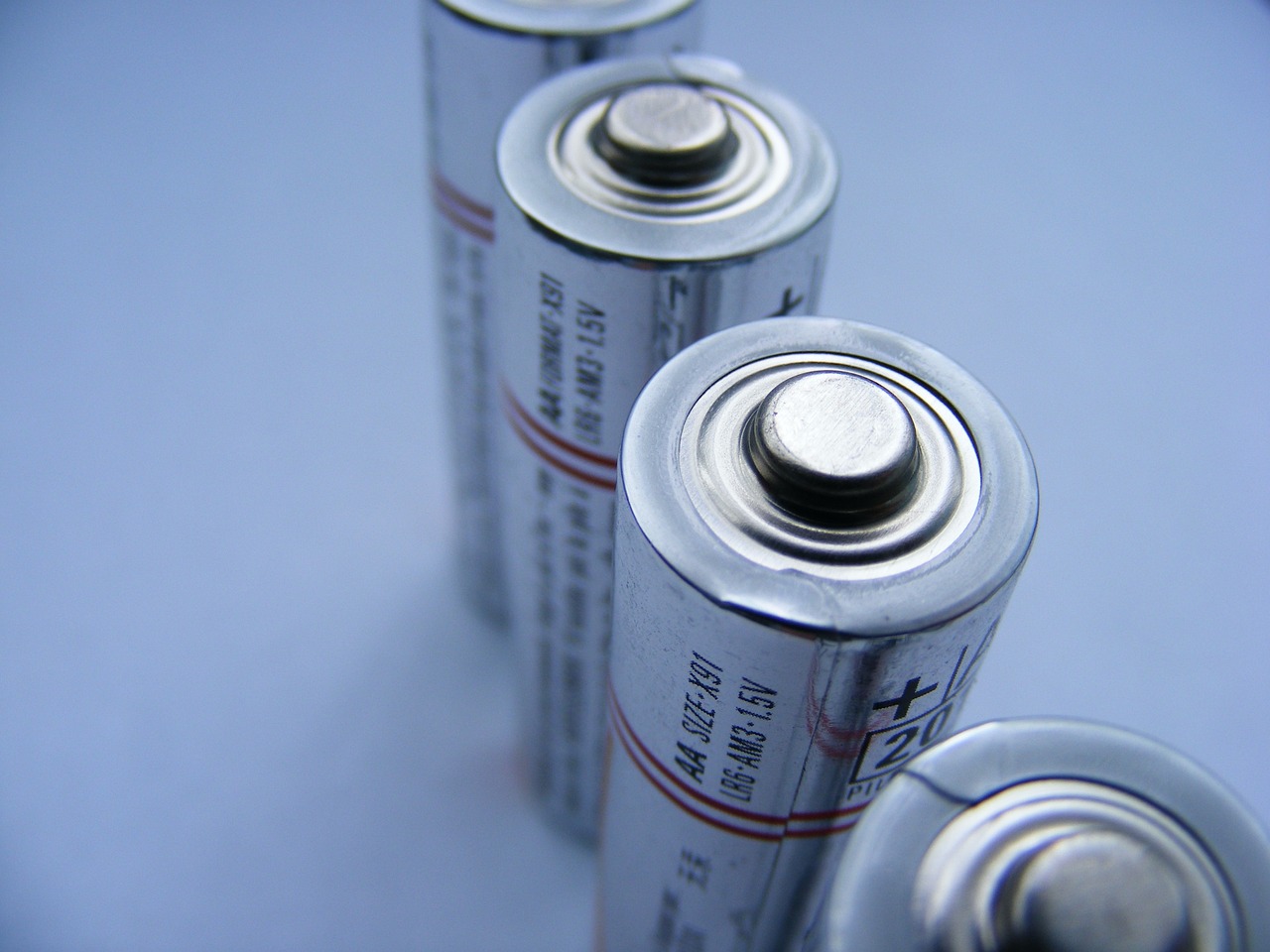This post is also available in:
 עברית (Hebrew)
עברית (Hebrew)
A recent development in battery safety could significantly reduce the risk of fires in lithium-ion cells—without requiring a redesign of existing battery production methods. The innovation centers on a special electrolyte additive that rapidly hardens when exposed to mechanical shock, preventing short circuits that can lead to combustion.
The underlying issue is familiar: lithium-ion batteries rely on a thin internal separator to keep the positive and negative electrodes from touching. If that layer is punctured—due to impact, thermal stress, or manufacturing defects—the electrodes can come into contact, triggering a short circuit and, in many cases, a fire.
In this case, researchers at Oak Ridge National Laboratory (ORNL) looked to a simple material behavior for a solution. Drawing inspiration from a non-Newtonian fluid made of cornstarch and water, they engineered a shear-thickening electrolyte—one that behaves as a liquid during normal operation but solidifies instantly under impact.
According to the press release, the key ingredient is a colloidal suspension of uniform silica nanoparticles, just 200 nanometers in diameter, dispersed in a standard battery electrolyte. Under sudden force, the particles rapidly form a temporary solid structure, effectively blocking the movement of ions and stopping internal short circuits before they occur.
This “solid-on-impact” behavior buys critical time during a mechanical event, such as a vehicle crash or a drop, keeping the electrodes apart and preventing a thermal runaway.
What makes the solution practical is that it integrates into existing battery chemistries with minimal changes. No redesign of the battery structure is required, which opens the door to fast commercial deployment.
The technology, known as Safe Impact Resistant Electrolyte (SAFIRE), was licensed in 2022 to Safire Technology Group, a startup focused on high-risk applications such as electric vehicles and defense systems. The licensing includes five patented technologies developed at ORNL.
With energy storage safety under increasing scrutiny, this type of adaptable material design may play a growing role in making high-density batteries more resilient under real-world conditions.


























